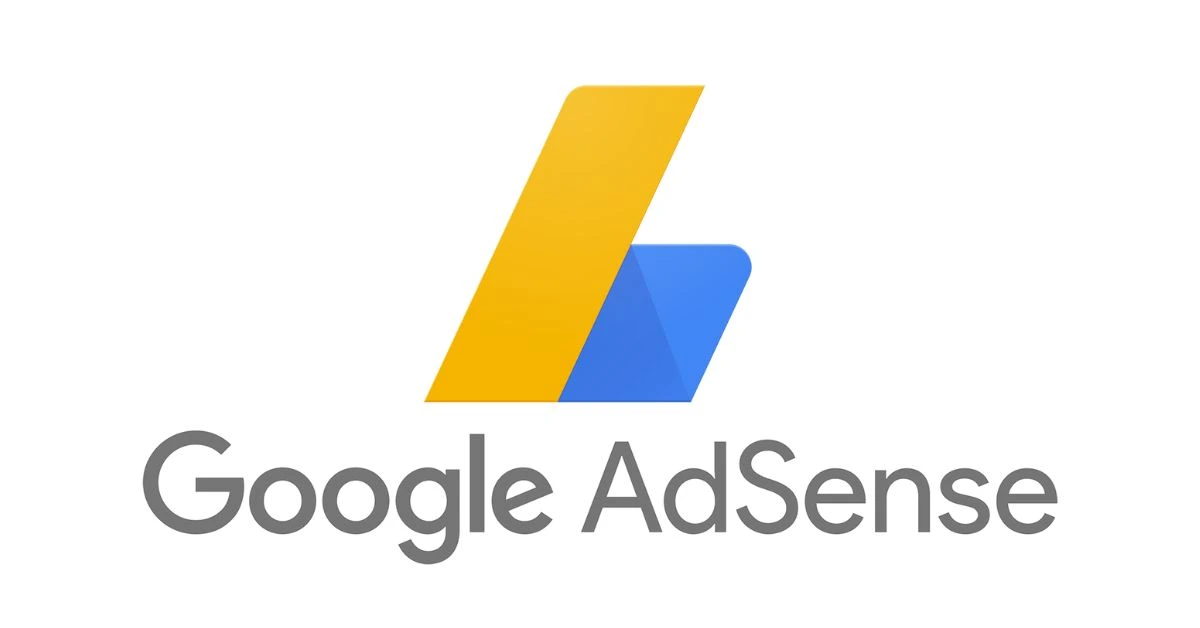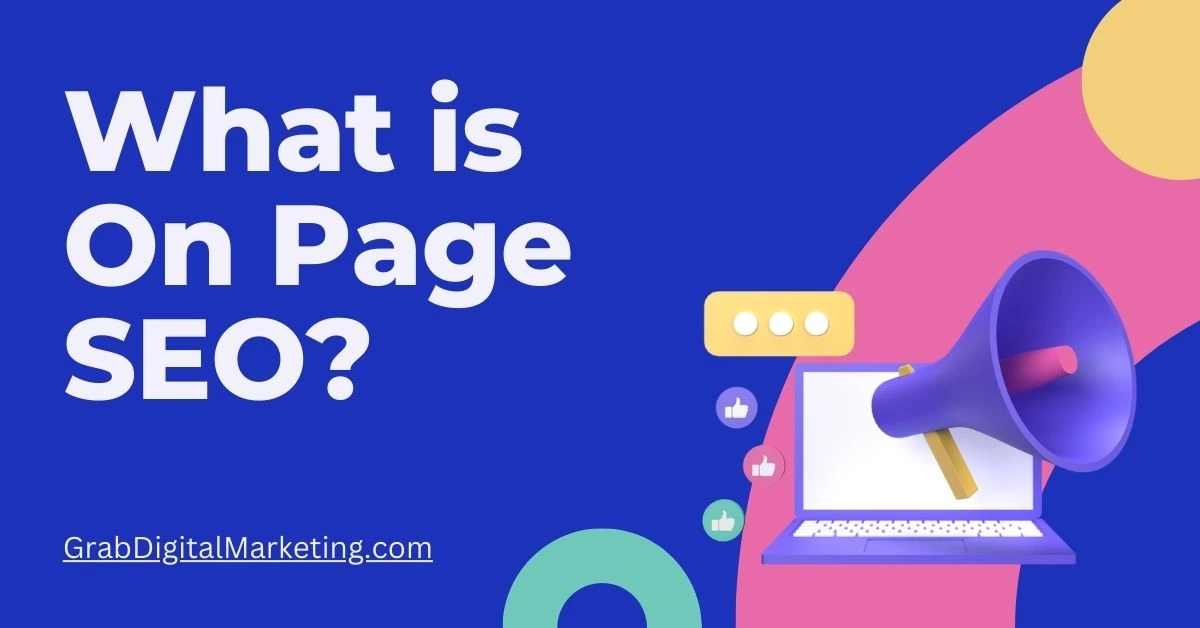Google AdSense is a program run by Google that allows website publishers to display ads on their sites and earn money when those ads are clicked by visitors. Here’s a comprehensive overview of Google AdSense and how it works:
Table of Contents
Introduction to Google AdSense
Google AdSense is a free, simple way for website publishers of all sizes to earn money by displaying targeted Google ads on their websites. Google uses its powerful algorithm to match the most relevant ads to your site based on the content and visitors, thus maximizing your ad revenue.
How Google AdSense Works

The process of using Google AdSense can be broken down into the following steps:
- Sign-Up and Approval: Website owners must sign up for an AdSense account and provide information about their site. Google then reviews the site to ensure it complies with their policies.
- Ad Code Generation: Once approved, publishers can create ad units in various sizes and styles. Google provides a piece of HTML code that needs to be added to the website where the ad will appear.
- Ad Display: When a user visits a site with AdSense ads, Google automatically serves relevant ads. These ads are often based on the site’s content and visitors’ browsing history.
- Revenue Generation: Publishers earn revenue when users view (CPM – Cost Per Thousand Impressions) or click (CPC – Cost Per Click) on the ads.
- Payments: Google issues payments to publishers monthly, provided they have reached the minimum threshold (usually $100).
Types of Ads Offered
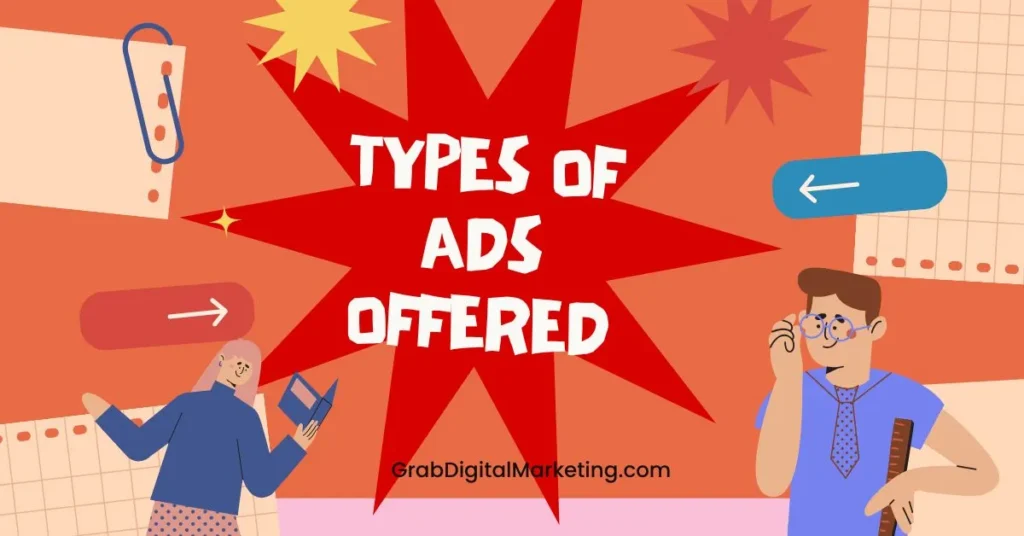
Google AdSense offers a variety of ad types to cater to different kinds of content and audiences:
- Text Ads: Consists of text-based content such as headlines and body text.
- Display Ads: Visual-based ads including images or interactive content.
- Video Ads: Short video clips are often shown on video-sharing platforms or sites.
- Link Units: A series of topics relevant to the site content; clicking on a topic leads to a page of ads.
- Responsive Ads: Adapt to different screen sizes, ensuring an optimal viewing experience on various devices.
Benefits of Google AdSense
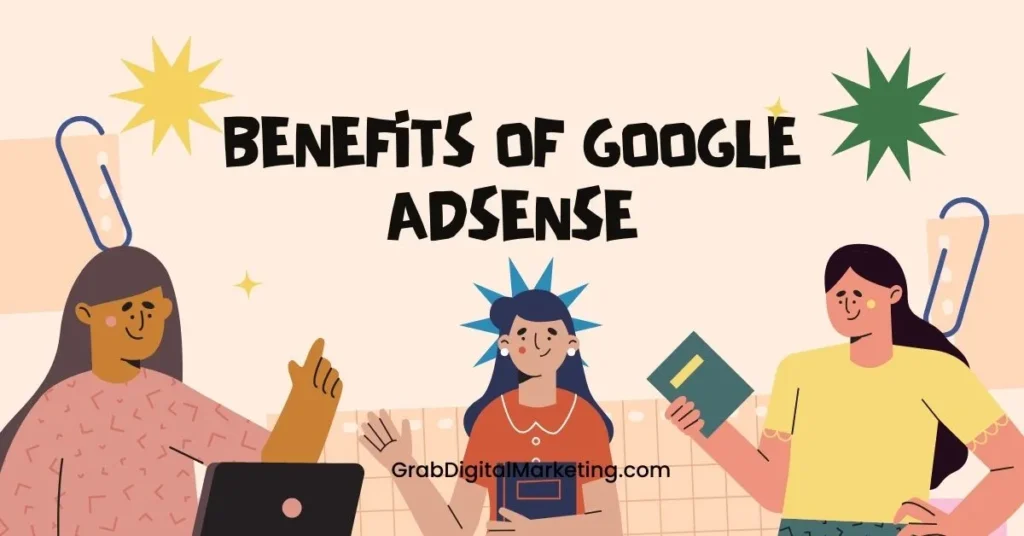
- Ease of Use: Setting up and managing Google AdSense is straightforward and user-friendly.
- Monetization for Small Publishers: Even small websites can earn revenue through AdSense.
- Relevance of Ads: Google’s targeting technology ensures ads are relevant to site content and audience.
- Flexibility: Ad units can be customized to match the look and feel of the site.
- Detailed Reports: Publishers can access detailed performance reports to optimize ad placements and strategies.
Policies and Guidelines

To participate in Google AdSense, publishers must adhere to strict policies and guidelines. Some key policies include:
- Content Guidelines: Sites must have original content and should not include prohibited content like adult material, drugs, or copyrighted material.
- Ad Placement Guidelines: Ads should not be placed in a way that misleads users or encourages accidental clicks.
- Traffic Guidelines: Publishers must not generate fraudulent clicks or use artificial means to inflate ad impressions and clicks.
Earnings and Payment
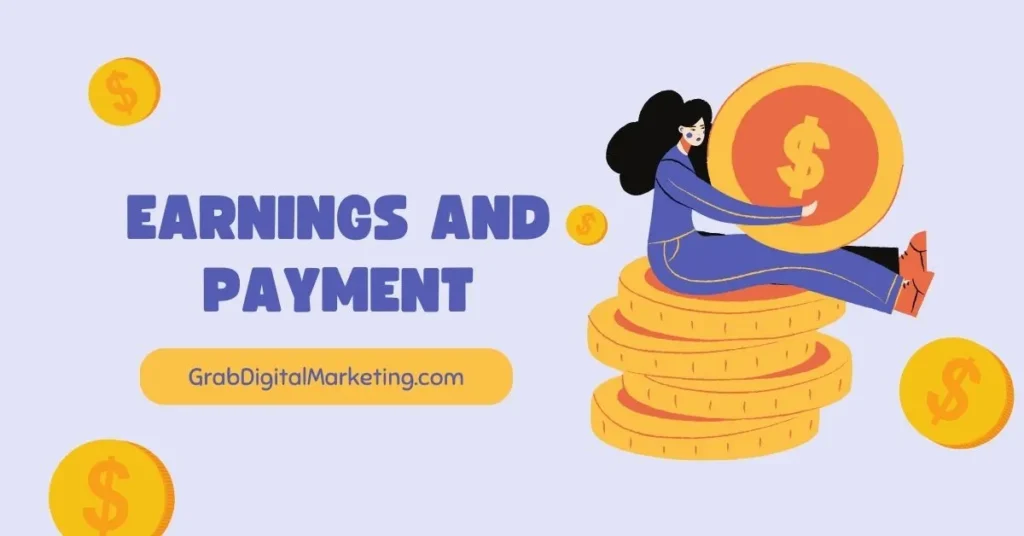
AdSense earnings can vary widely depending on factors like site traffic, content quality, and ad placement. Publishers can track their earnings through the AdSense dashboard and receive payments via various methods, such as direct deposit or checks, once they have met the minimum threshold.
Challenges and Best Practices
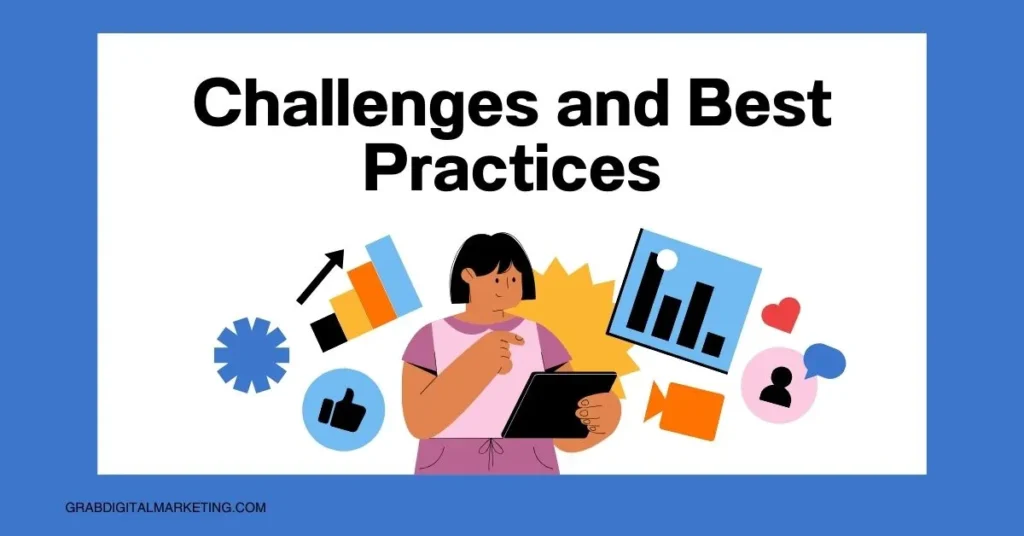
While Google AdSense can be a lucrative revenue stream, it also comes with challenges. Here are some best practices:
- Content Quality: High-quality, engaging content attracts more visitors, increasing ad revenue.
- Ad Placement: Experimenting with different ad placements can help determine what works best for your audience.
- SEO and Traffic: Focus on search engine optimization (SEO) and driving organic traffic to increase visibility and ad impressions.
- Comply with Policies: Regularly review Google’s policies to ensure compliance and avoid account suspension.
Alternatives to Google AdSense
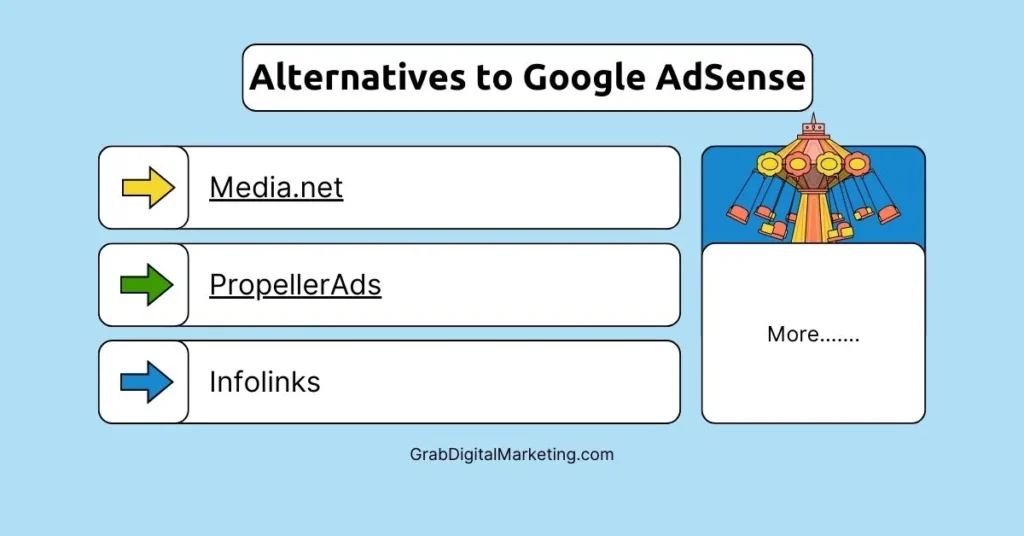
There are several alternatives to Google AdSense that publishers can consider, including:
- Media.net: Yahoo and Bing’s ad network, similar to AdSense.
- Amazon Native Shopping Ads: Ads for products on Amazon.
- AdThrive: A premium ad network for high-traffic sites.
- Ezoic: Uses AI to optimize ad placements for better earnings.
Conclusion
In conclusion, Google AdSense is a powerful and popular tool for monetizing websites through targeted advertising. By understanding its workings, benefits, challenges, and best practices, publishers can maximize their ad revenue while ensuring a positive experience for their visitors.

